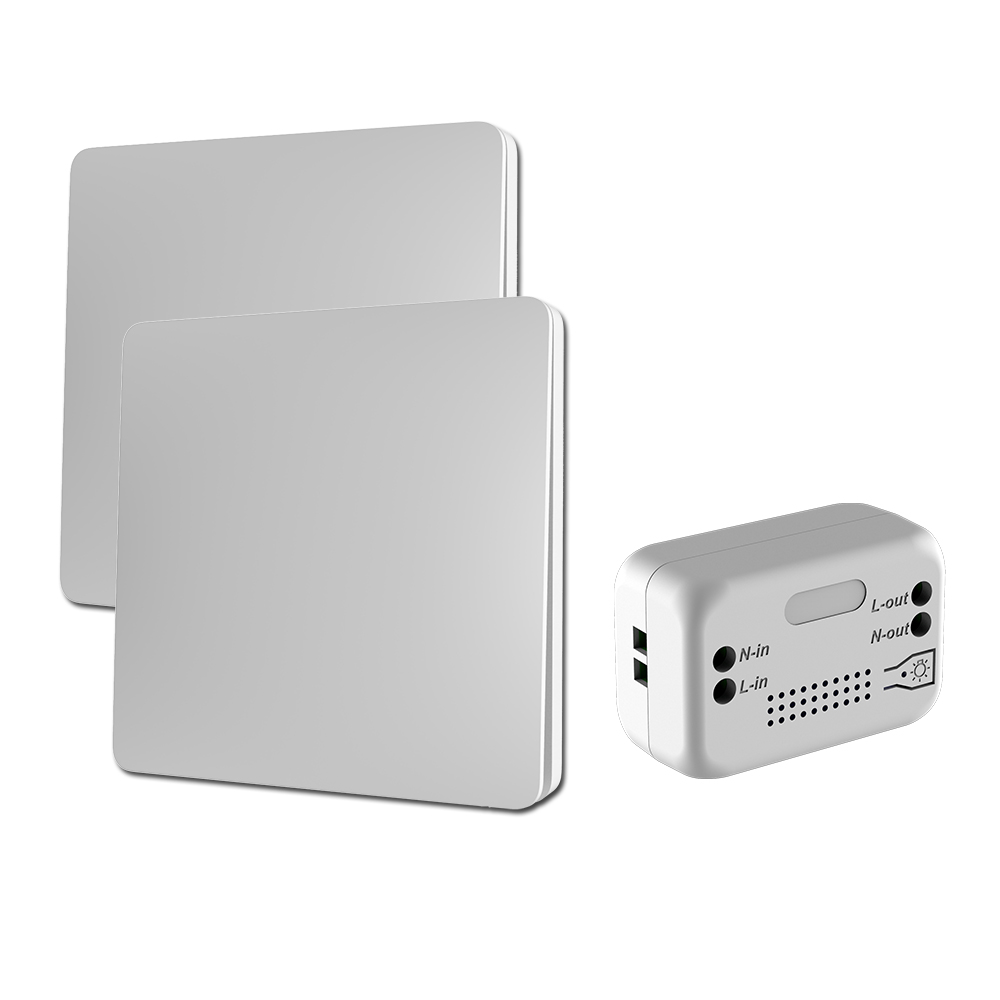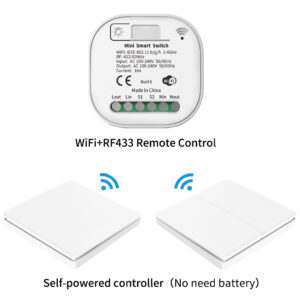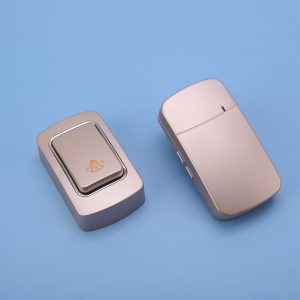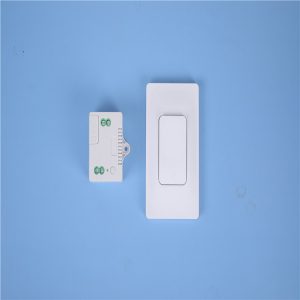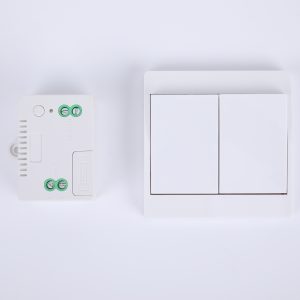The position of your switches for lighting is essential.
They must be accessible to everyone living within the home and where you do not have to enter the dark to reach them.
If your switches for lighting aren’t most accessible, you can find a more modern solution: wireless light switches.
This new technology offers several advantages over a conventional light switch.
Wireless light switches are wireless and rely on the radio signal to instruct that your light is off or on. Specific models run on solar or batteries. However, the majority are self-powered and run on the energy of kinetic.
In this article, I’m going to tell you:
- What precisely is a self-powered wireless device is
- How wireless switches work
- How do you install a wireless controller?
What is a Self-Powered Wireless Switch?
The clue lies in the title. Self-powered wireless switches is an entirely wireless switch that is powered by themselves.
It doesn’t require a physically connected connection with the circuit controlling it and does not require connecting with its power source.
The most affordable wireless switches run on batteries. Therefore, technically speaking, they’re not self-powered since they require batteries.
They’re not ideal as you’ll need to replace the batteries in the future, and you won’t be able to check the battery level.
Then, one day, it will cease to function, which could be very annoying.
Another kind is solar-powered. They aren’t ubiquitous, but they can make the switching power up without wires by using light from the environment and turning it into power, precisely as many calculators do.
The most widely used and reliable kind of wireless switch that is self-powered is kinetic.
They use the force of kinetic energy to ensure that when you push the switch using your finger, the module can capture the kinetic energy from the motion and convert it to electrical energy to power the transmitter.
The power output is meager. But enough to let the transmitter function since it’s a wireless signal. So, a wireless transmitter can last so long as mechanical components inside can withstand – many manufacturers claim between 50 to 60 years.
-
WiFi+RF Self-powered no battery no power DIY Mini Smart Relay Switch Module, Alexa and Google Home
-
Kinetic No Battery Plug In Wireless Long Range no wiring Self-powered doorbell button
-
Self-Powered Kinetic Switch Wireless Remote Control Light Touch Switches, Smart Home RF 433 Remote Control Wall Switch
-
Smart Home Self-Powered Kinetic Switch Wireless Remote Control Electric Light Switch
What is a Wireless Light Switch Work?
Now, we have a better understanding of how they’re powered. What can they do using that power? How do they manage your lights?
Wireless switches work by using radio signals. The button is equipped with the transmitter and the receiver.
The receiver is typically placed inside the light fitting. However, it doesn’t need to install – it can be connected anywhere in the circuit that connects the source of power and the positive end of your light fitting.
A simple alternative to the fixture, if you do not want to play on your walls, is to connect a receiver on the light switch controlling the institution. Just remove the panel and then plug it behind it.
There’s also an electronic receiver plugs into a wall outlet when you’re using a lamp or any other device you prefer to control using a switch.
When you push the switch, it transmits an RF signal from the receiver to the transmitter, which turns the light off or on according to the command.
This is because the receiver functions as a switch. When it’s off, it cuts the circuit; therefore, there is no power to the light fitting. Instead, it is a standard light switch.
When you push the switch to switch it on, it re-connects the circuit and sends electricity to the fitting for the light.
In essence, the receiver is essentially the substitute for an old-fashioned light switch. It’s just a matter of moving the actual switch component, which you can interact with on another device that can be put in another part of the space.
How Do I install a Wireless Light Switch?
Two steps are required to install a wireless light switch – setting up the receiver and installing the switch.
Installing the Wireless Receiver
Let’s begin by looking at the receiver. The receiver is equipped with three wires, as well as an antenna with wireless capabilities that may appear a bit like a wire; make sure not to get them confused.
The antenna shouldn’t be equipped with wire ends that can be seen that you can connect to the circuit, and it’s easy to differentiate them.
I’ll discuss this about an initial light fitting and then discuss the advantages of installing it in the recess of a switch instead later.
The first step is to turn off the power. Never play with wires while the power is turned off!
After that, remove the fitting for the light or light switch that you’ll use to mount the receiver.
Attach the power cable in black and neutral white on your receiver with the neutral and power lines connected to the switch or fitting.
The receiver’s red cable connects to the fixture’s black line. Once you’ve completed this step. Just install the fixture again and then add the light bulb.
If you’re replacing a wall-mounted switch using a receiver, you’ll need to mark the positive wire and which one is the negative wire to which it is connected.
The black wire of the receiver has to be connected to the positive side, and the red wire connects to the negative. If you’re unsure, Don’t make a guess – seek the advice of an expert.
It is important to remember that If you’re not sure how to join wires effortlessly, the easiest way to do it is to use a wiring cap (Amazon).
They’re inexpensive, small, and do not need to utilize soldering or tape.
Installing the Wireless Switch
Once all the hard work has been completed, and you’ve installed your receiver, it’s time to install your wireless switches.
It’s a lot simpler because you only have to attach it to the wall, and that’s all there is to it.
Find the place that’s comfortable for you and fix it. You’ll require an electric screwdriver and a level.
The only issue is the range, but this isn’t a significant issue when setting up the device within a commercial building or if you reside in an estate.
Most wireless devices (Amazon) come with the ability to travel at a minimum of 100 feet and often more – check the limits of the model you select to purchase.
Here’s why you need to beware of purchasing inexpensive items in China and other markets in the world.
The quality of components isn’t always as high. You won’t get the quality radio signal range as advertised.
Be aware that the products of China aren’t controlled in the same manner as other products, and they could claim to have a different range of effectiveness about the content of energy.
Final Words
If you’d like to change the position of the light switches within your home, having them wholly rewired may cost a lot.
Wireless lights are a cheaper option, and they’re simple to install.
Once installed, replacing batteries is not necessary – the receiver and transmitter can be used for as long as you want.
All you have to do is replace the bulb that lights your home, which will take several years into the future if you purchase LED bulbs.
Are you using wireless light switches within your home? Are your existing light switches uncomfortable?

